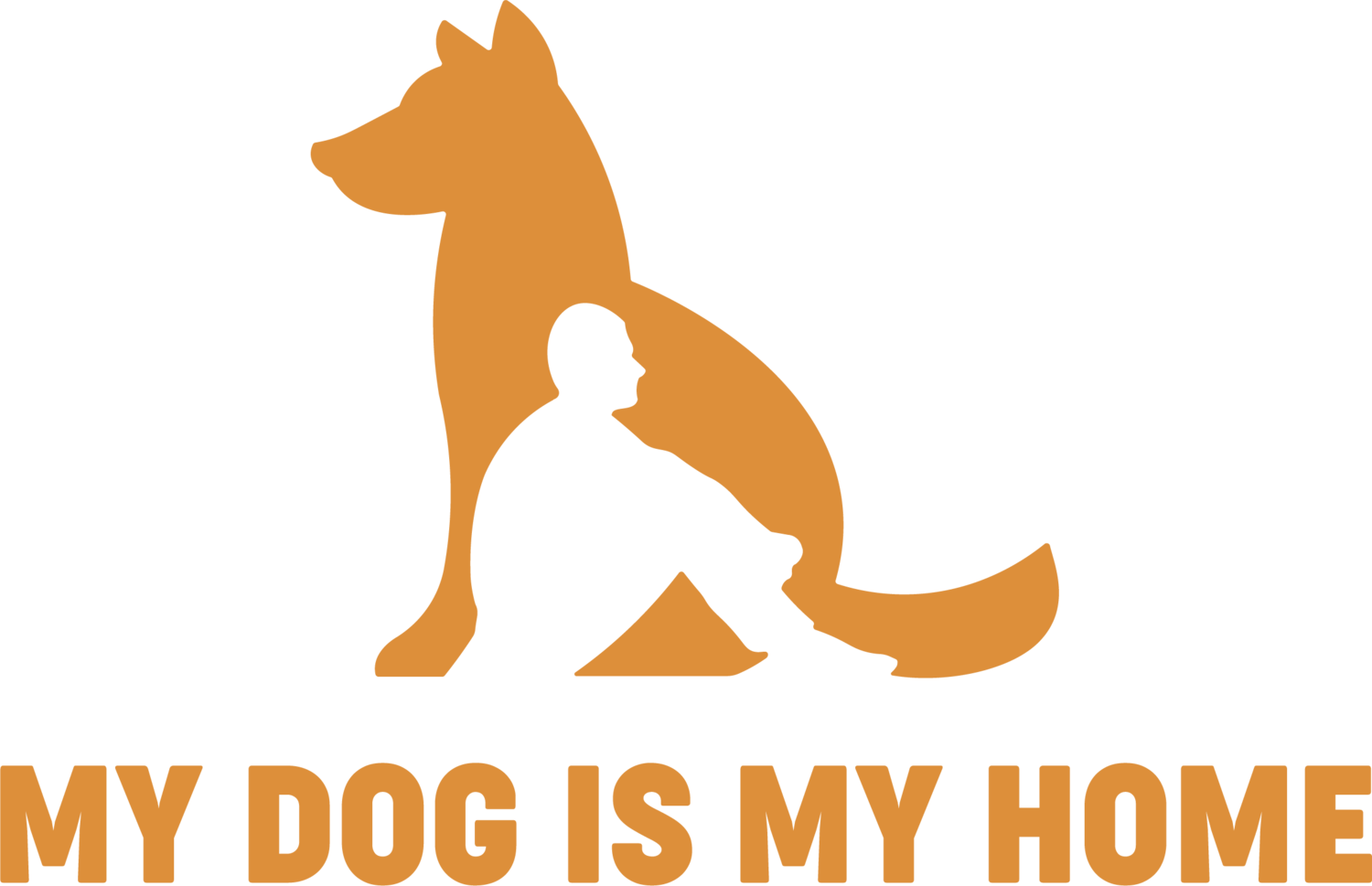Co-Sheltering Collaborative: Inspiring Change in Homeless Services
A shelter resident and his dog inside one of Philadelphia's rare pet-friendly shelters.
By Dana Teel, MDIMH intern
For communities wishing to provide equitable access to homes to all people and families in need, it is necessary to expand temporary shelter accommodations for the furry, feathered, and scaled friends that may accompany people experiencing homelessness. But how is this accomplished with maximum impact and minimal risk? Surely adding animals to a human shelter environment will be chaotic and even risky. Perhaps. But the reward of keeping people with their animals when they are needed the most is worth facing the challenge. For some, a companion animal might be their sole source of support, comfort, or purpose, and the value of this should not be overlooked.
The questions of “how is this accomplished?” still lingers, and it is one that My Dog is My Home (MDIMH) hopes to answer with the help of innovative programs that are currently applying some form of co-sheltering. One such organization in Philadelphia, PA is demonstrating a response to this important need. Now in its third year of offering a small pet-friendly winter respite, this program is hopefully just the beginning of what is to become a common practice across the city and beyond. With programs such as the one in Philadelphia, MDIMH will work towards creating a set of best practices for the field of co-sheltering people and animals together in homeless shelters.
As more communities across the country develop this interest in re-examining what is considered standard, important discussions and meaningful change won’t be far behind. The “Co-Sheltering Collaborative” is being developed by MDIMH to serve as an effective and purposeful professional-level network of homeless service providers and government organizations – enabling them to inspire, inform, and influence each other and programs across the country.
Throughout the course of their membership, organizations will be actively involved in receiving as well as contributing to the Collaborative’s resources and communications. By sharing practices and engaging in discussion, members also contribute to the evolution of existing co-sheltering programs. Members are expected to conduct thorough needs assessments, proper and judicious implementation, and ongoing evaluation in order to add to evidence of their programs’ strengths and weaknesses.
Navigating these processes can be very complex, and great benefit can be had from membership in the Co-Sheltering Collaborative in the form of feedback and guidance tailored to meet individual programs’ needs. The wealth of information gathered through the growth and evaluation of these individual programs will be invaluable for developing standardized co-sheltering best practice, as well as for generating opportunities and avenues for research endeavors for this generally underrepresented subject in academic literature.

